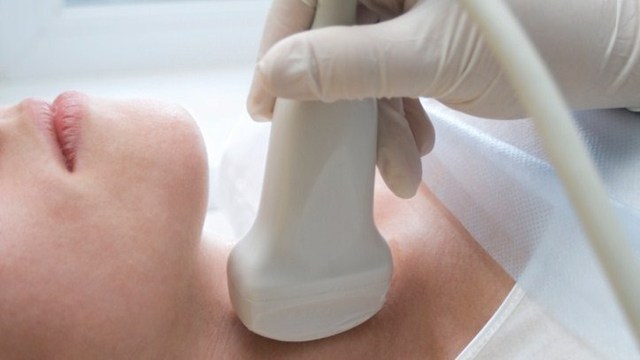Cushing's syndrome is a rare disorder which can severely affect the patient. Symptoms of patients with Cushing's syndrome include weight gain, easy bruising, menstrual irregularities, increased appetite, trouble sleeping, depression or mood swings, anxiety, fatigue and altered mentation (trouble concentrating or decreased memory).
Physical abnormalities include new onset obesity (primarily in the abdominal and buttock regions), buffalo hump, filling in of the regions above the collarbone, thinning of the extremities, rounding and reddening of the face, thin skin, decreased muscle strength, high blood pressure, stretch marks and excess hair growth in women.
Although some patients may have most or all of these signs and symptoms so that the diagnosis of Cushing's syndrome may be easy to make, other patients may have mild Cushing's syndrome and come to their health care
providers at an early stage of the disease. This is especially true as Cushing’s syndrome has been publicized in the lay literature and with the proliferation of Internet-related information sites and Cushing’s support groups, more patients are aware that Cushing’s syndrome may explain their medical problems.
Thus, patients are seeking medical attention earlier. However, other medical conditions may also result in some of the signs, symptoms and laboratory abnormalities seen in patients with Cushing's syndrome, without the patient actually having Cushing's syndrome. These conditions are
called pseudo-Cushing's states and include conditions such as severe stresses (illness or emotional stress), alcoholism or alcohol withdrawal and psychiatric conditions such as depression, panic disorders and psychotic conditions.
Pseudo-Cushing’s states are classically defined as those conditions associated with increased cortisol production [usually measured by urinary free cortisol (UFC) measurements] but with less clinical signs and symptoms than true Cushing’s syndrome. Resolution of the underlying primary condition leads to disappearance of the signs and symptoms of Cushing’s syndrome. In this chapter, we will also discuss conditions which mimic the clinical stigmata of Cushing’s syndrome, but lack elevated cortisol production.
From Chapter in Adrenal Disorders, Margioris & Chrousos, eds.




Add a CommentComments
There are no comments yet. Be the first one and get the conversation started!